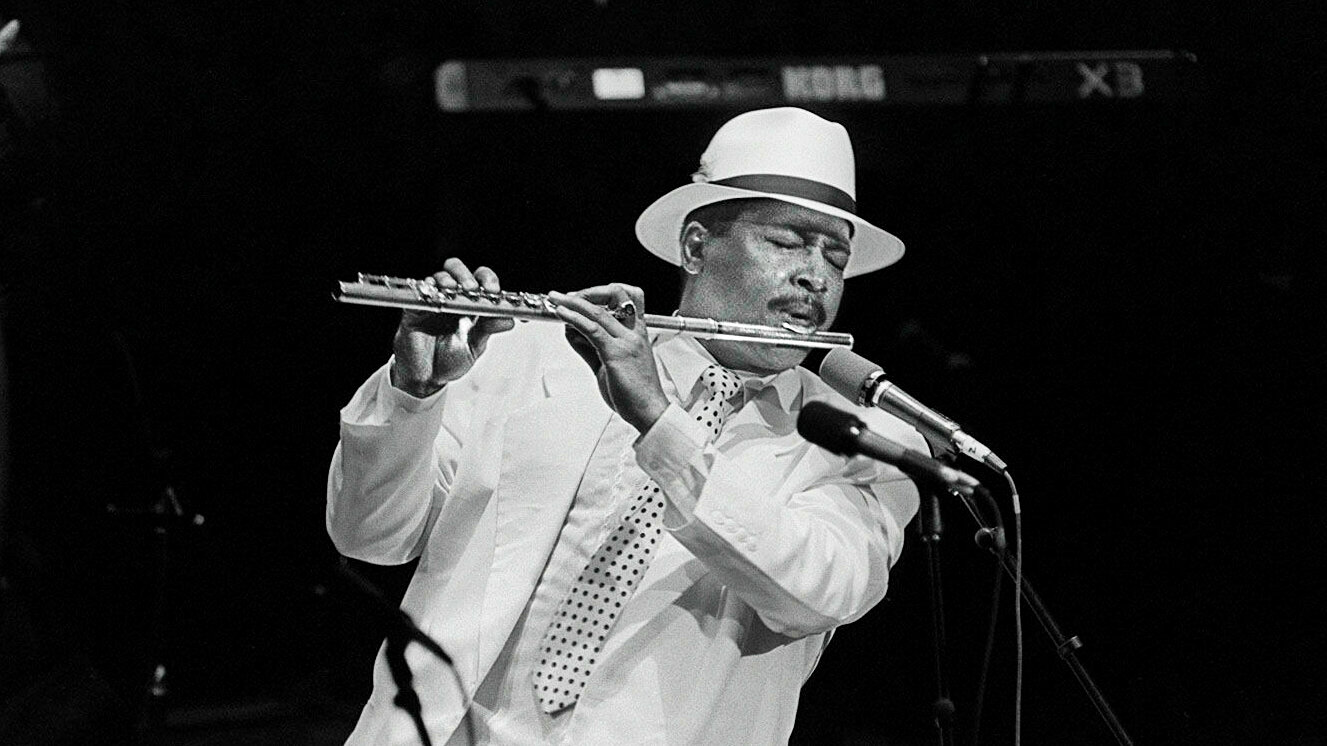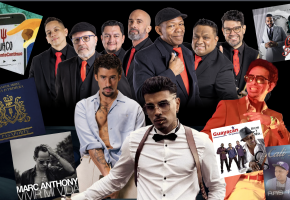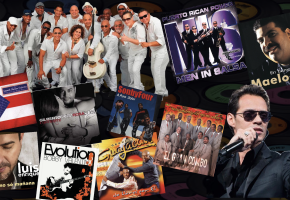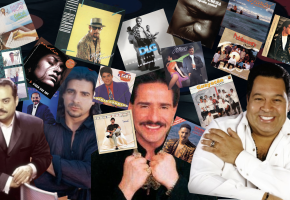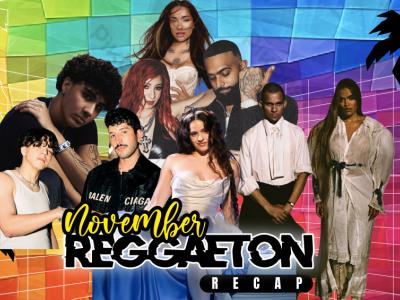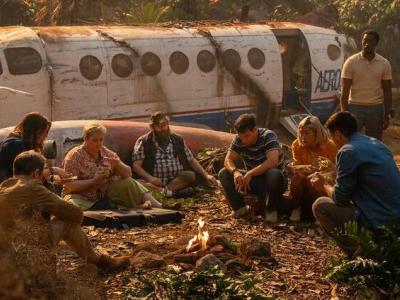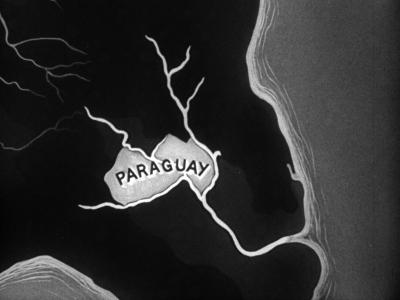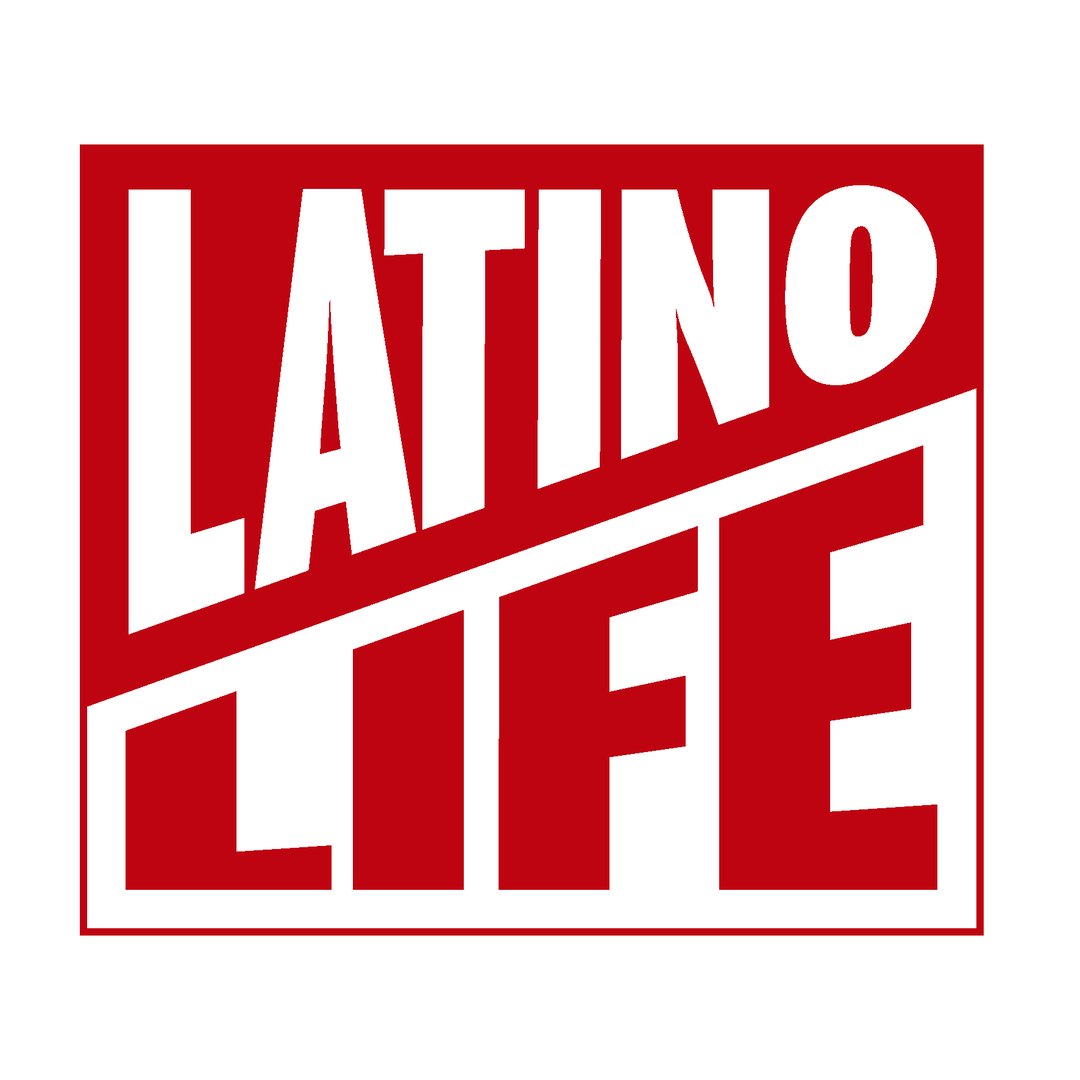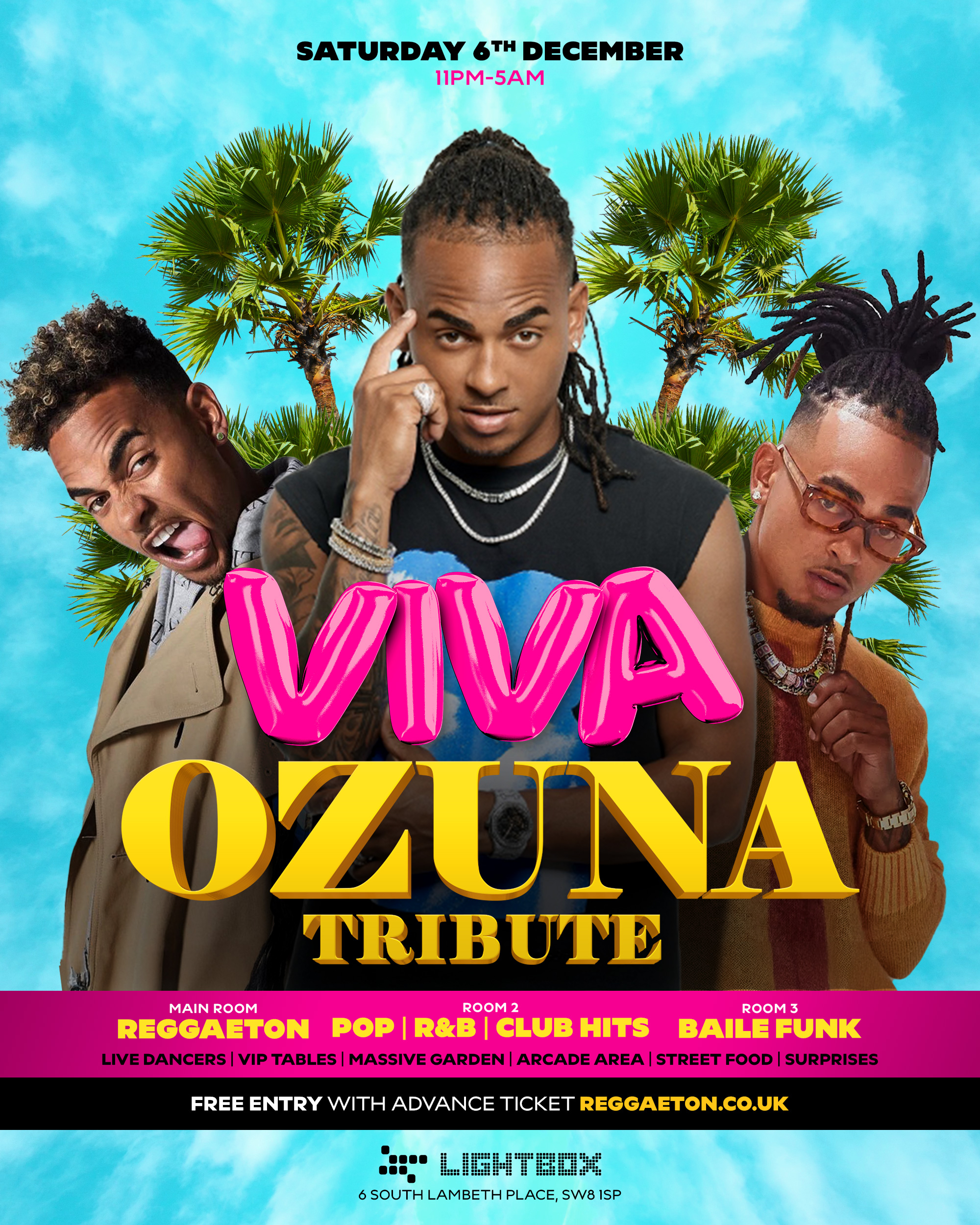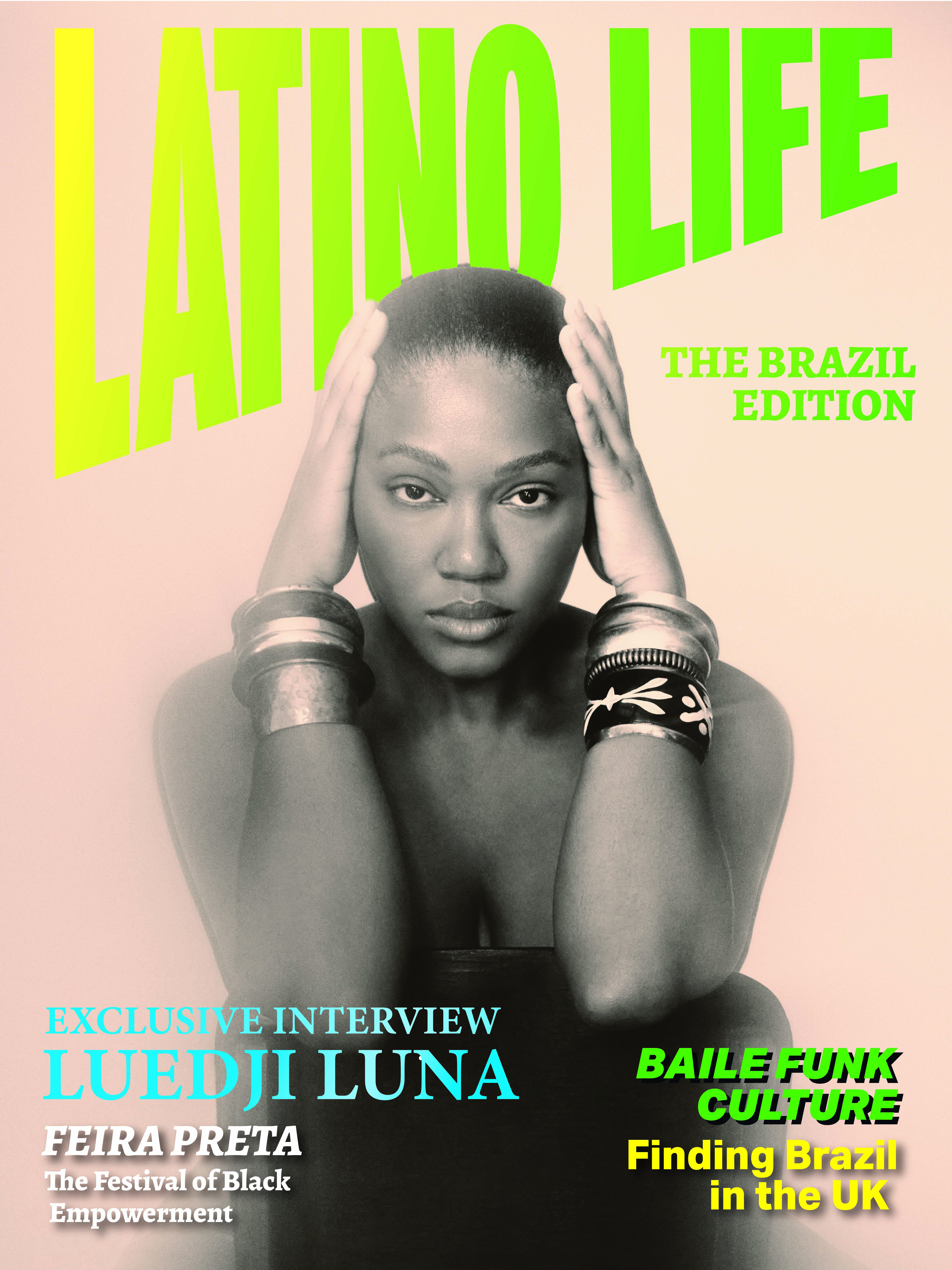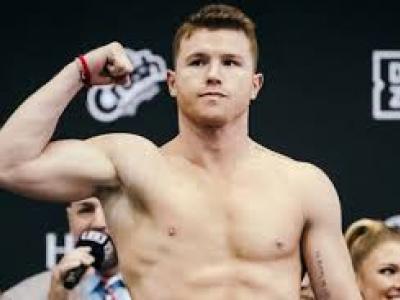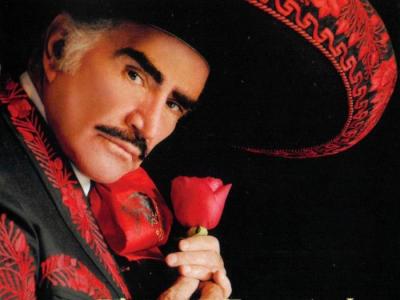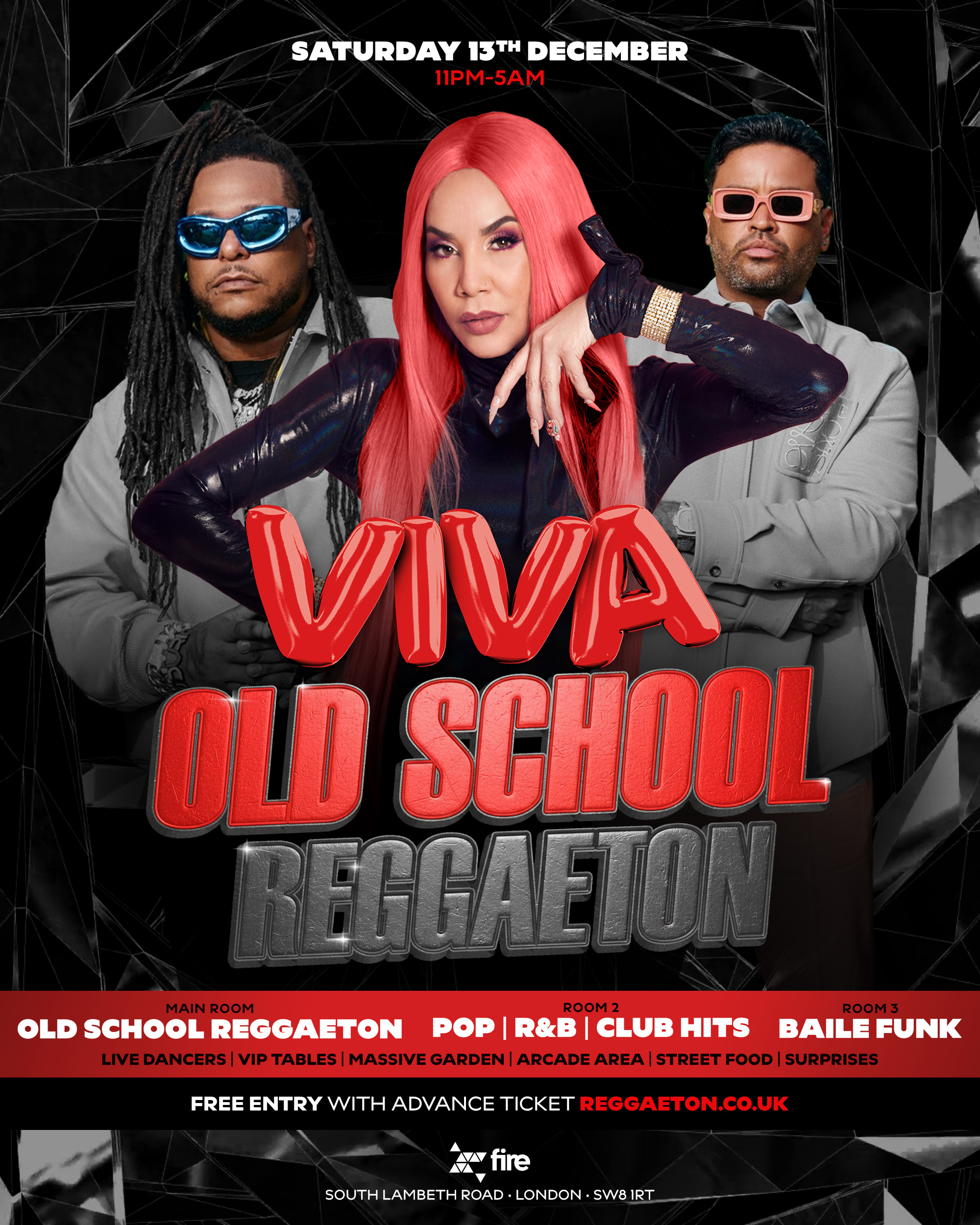I remember the first time I listened to NG La Banda. I imagine it was the same feeling someone got listening to the Rolling Stones or the Beatles for the first time in the 1960s.
It was the late '90s and I was living in Miami, when my Cuban boyfriend at the time (hi Alain!) first played it to me. I was like…whooooow! The riffs, the energy, the power, the combination of electric guitars and synths over distinctively Cuban grooves, the driving percussion and the powerful brass, which came to acquire their own name “los metales del terror”, all combined to produce a dizzying party music that you just couldn’t stay still to.
Just like the Rolling Stones, there was something of the clandestine to it too, for this was Miami and you weren’t supposed to listen to Cuban music, but NG La Banda made this impossible.
Even The Miami Herald wrote in 1992,“there’s raw power in those terrifying horns, and in the forceful, nasal singing, but sophistication in the arrangements and rhythmic adventurousness,” assessing “En La Calle” (“On the Street”), an album that solidified the group’s reputation. It was “Dense, driving, dance party music,” the fiercely anti-Cuban paper conceded.
The frenesí of sound collision, I'll add, was balanced by the sweet melodic voice of Isaac Delgado, whose long and successful career beyond the band was launched by that album. It included La Expresiva a song that paid homage to the barrios of Havana. I remember listening to this album over and over and then finally seeing them in concert in a nightclub, cramped full of ecstatic sweaty Cuba crowds, desperate to hear their music.
All of this was driven by one man, José Luis Cortés and his band (NG standing for Nueva Generacion or New Generation), who helped establish timba and spread the sound with fantastic albums and rollicking shows that had concertgoers dancing in the arenas and afterward in the streets, from Havana to Miami. And yes I’m talking about Fidel-hating, Cuba-fleeing Miamians, who would rile against the country and its government but couldn’t resist the music, and buy it on the black market, hating and loving to think that Cuba was still producing the best music in the world.
José Luis Cortes died on April 18 in Havana. He was 70. The Instituto Cubano de la Música called him “one of the most important figures in contemporary Cuban music.”
Nicknamed El Tosco, “the Rough One” alluding to his ‘street’ style (his lyrics were accused of vulgarity and misogyny), Cortes was in fact an accomplished flutist who graduated from the National School of Art. Like so many Cuban stars, he brought a combination of serious musicianship and showmanship and the street music of Cuba when he founded NG La Banda in 1988.
Born on Oct. 5, 1951, in Villa Clara, Cuba, his musical education, he said, emphasized classical and jazz. “You couldn’t play popular Cuban music in school,” he told The Miami Herald. But he was drawn to the music of the street. “Popular music comes from the people,” he told The Observer in 1993. “I test my songs in the streets; if they like it, it’s a hit.”
He also defended timba as a genre, accusing his detractors who accused him of vulgarity and sexism of snobbery and racism. “Cuban popular music has always been the music of the people, of the poor barrios, where there are very few whites.”
He had earlier played in Los Van Van and Irakere, the genre-straddling group of jazz, funk, rock driven virtuoso players. He drew on those influences when he formed his own band, NG La Banda.
“The best way to understand his style is that he brought to dance music the complexity of big-band jazz,” Raul A. Fernandez, emeritus professor of Chicano and Latin studies at the University of California, told The New York Times.
Some say that 1989-2005, in which he was at the centre of music, was Cuba’s Second Golden Age of Popular Music. His was the sound of young Cuba. Fast, loud, and characterized by multiple overlapping rhythms and deep booming bass lines. Born out of the difficult economic times Cuba experienced after the fall of the Soviet Union, a time often referred to as the “special period,” NG La Banda's energy and blunt lyrics, spoke to a generation that came of age during the hardships of the 1990s.
But timba was also a highly technical style of music, you had to be a super musician to hold your own in a timba orquesta, especially in the horns, or ‘metales,’ section, where only the most rigorously trained and disciplined musicians can keep up. In 1997, the made its New York debut at Lincoln Center.


